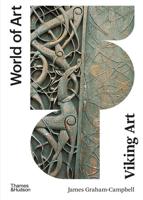Publisher's Synopsis
Sarnia is a city in Southwestern Ontario located on the eastern bank of the junction between the Upper and Lower Great Lakes where Lake Huron flows into the St. Clair River, which forms the Canada-United States border, directly across from Port Huron, Michigan.. It is the largest city on Lake Huron. The city's natural harbor first attracted the French explorer LaSalle, who named the site "The Rapids" when he had horses and men pull his forty-five-ton barque "Le Griffon" up the almost four-knot current of the St. Clair River in August 1679. This was the first time anything other than a canoe or other oar-powered vessel had sailed into Lake Huron. The name "Sarnia" is Latin for Guernsey, which is a British Channel Island. In 1829 Sir John Colborne, a former governor of Guernsey, was appointed Lieutenant Governor of Upper Canada. In this capacity, he visited two small settlements in 1835 that had been laid out on the shores of Lake Huron. One of these, named "The Rapids," consisted then of 44 taxpayers, nine frame houses, four log houses, two brick dwellings, two taverns and three stores. Sir John Colborne suggested a name change to Port Sarnia. Sarnia adopted the nickname "The Imperial City" on May 7, 1914 because of the visit of Canada's Governor General, H.R.H. the Duke of Connaught, and his daughter Princess Patricia.









